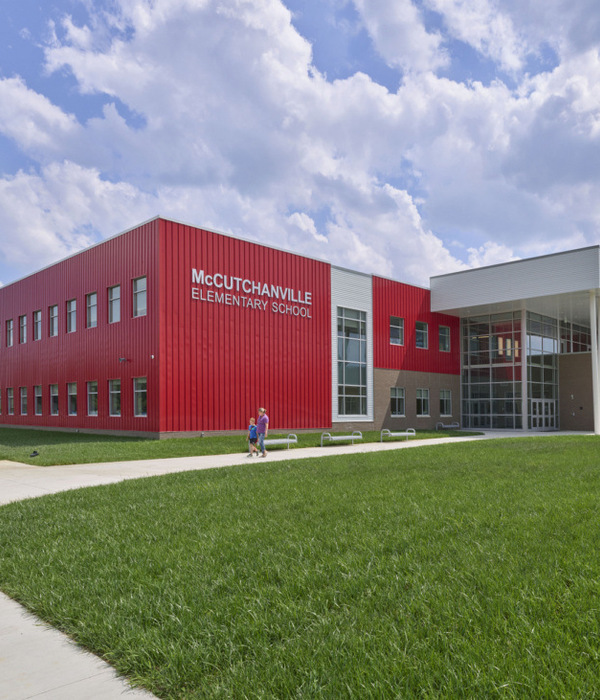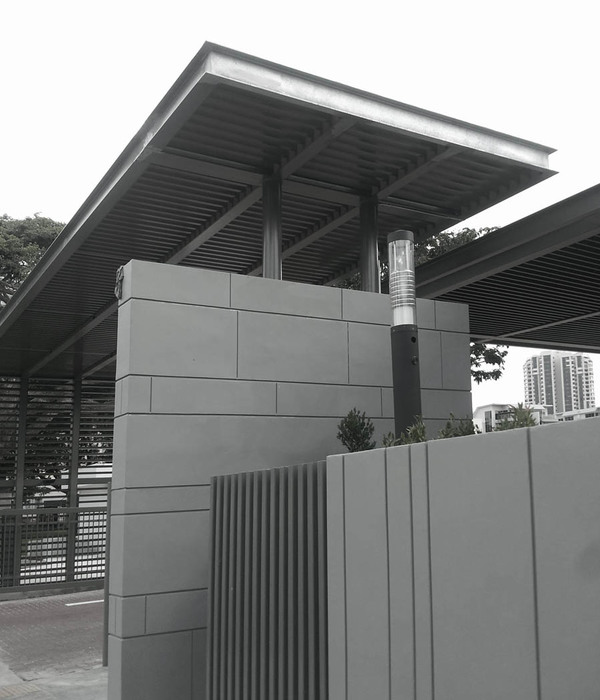Architects:THAD
Area:30650m²
Year:2018
Project Manager:Weimin Zhuang, Chunlong Huo
Technical Director:Wenge Sheng
Architecture Design Team:Xiao Liu, Guodong Yin, Gejin Gao, Feng Ding, Qisheng Wen, Shiyu Gong, Zhongxuan Sun, Yuzhu Sun, Wenjuan Zhang, Xiaoxu Hao
Structure Design:Hong Chen, Xiang Liu, Bo Jiang, Jinyan Xu, Xiaopeng Wang
Water Supply And Drainage Design:Jiuling Liu, Yanhui Cui, Qinghong Shi, Chunxiang Wang
HVAC:Jianhua Liu, Bing Li, Xiaoyuan Niu
Electrical Design:Hua Xu, Dan Xu, Hongxia Zhang, Lu Liu
Weak Current:Hongyan Guo, Lihong Liu
Green Building:Jiagen Liu, Difei Yang, Yang Zhao, Shuaiyuan Chen
Landscape:Professor Yufan Zhu and the design team
Traffic:Professor Jinyu Duan and the design team
Signage:Professor Qingxin Qin and the design team
Interior:Zuming Wang and the design team of Beijing Tsingshang Architectural Decoration Engineering
Lighting:Professor Xin Zhuang and the design team
Owner:Jiuzhaigou National Nature Reserve Administration
City:Aba Tibetan and Qiang Autonomous Prefecture
Country:China
Project Profile - The Jiuzhai Valley National Park Visitor Center project is located at the entrance of the Jiuzhai Valley. Covering around 30,000 m2 and a site area of 89,960 m², the project includes the construction of a visitor center and an international communication center, renovation of the Heye Hotel, garden landscaping, embankment reinforcement along the Baishui River and the Feicui River, and construction of overpasses and ramps, etc. As the park’s signature construction and gateway, it will provide access to transportation and support services to up to 41,000 tourists every day after completion. The Jiuzhai Valley National Park Administration Bureau has contracted the Architectural Design and Research Institute of Tsinghua University Co., LTD., SCEGC No.9 Construction Engineering Group Company LTD., and Sichuan Chuanjian Geotechnical Survey and Design Institute to inspect the site, design and carry out the construction. Mr. Zhuang Weimin, a member of the Chinese Academy of Engineering, is in charge of the whole project as the project director. As an important natural heritage and a reserve under the Man and the Biosphere Program, Jiuzhai Valley National Park is host to a diverse and unique natural environment. The damaged and collapsed buildings due to the earthquake have inevitably impacted the park’s ecological environment and will in turn impact local tourism, which has been the pillar industry of Jiuzhai Valley and has been providing material support to the locals. If the buildings are not restored in time, it is bound to affect the local tourism revenue, which is the main source of income for many residents.
Design Concept - Since the project is located in Jiuzhai Valley, a World Heritage and National Park of China, we endeavor to make our design mirror the natural environment and reflect an understanding of Tibetan culture in both the interior and the exterior of the building. It stretches out with smooth curves, integrating traditional culture in a modern style – an “environmental architecture” that combines cultural heritage and various management and service functions.Learn from nature: incorporate the heavenly scenery of Jiuzhai Valley.Draw inspiration from culture: reflect Sichuan and Tibetan characteristics.As the west of the site is six meters higher than the east, we have designed a platform level with the west as the main departure level for tourists. The level below the platform, which serves as the main arrival level, is slightly higher than the water level of the Feicui River. In peak hours, both the platform and the level below are used as departure levels so that tourists can quickly start their journey into the valley. On the departure level, tourists can enjoy the view of the three mountains and two rivers as the prelude to their journey. Fully utilizing the height difference of the site, we have avoided the potential difficulties in construction due to high groundwater levels and given the building a sense of intimacy with the platform.
Entrance Design - The “awnings” at the entrance form an icon of the cultural heritage of the Jiuzhai Valley: they are part of the eye-shaped? logo of the park, which has a strong identity and is world-renowned as a symbol of the blend of nature and humanity. However, the building itself is not a mere replication of the symbol. With tree-inspired dendriform, branching structures, and continuous guiding lines on the ground, the project spatially echoes the neighboring mountains and functionally leaves the maximum space for tourists.
The design of the large awning is the first of its kind in China: a massive irregular single-layer glulam grid shell structure span 38 meters, supported by three dendriform columns. On the west of the awning is a slope of less than 8%, along which tourists can walk slowly up to the platform to assemble, depart or transfer. Tiled with slates of a local type, the mountain-like awning, together with the symbol shaped like a Tibetan vowel letter that represents the water in Jiuzhai Valley, has become a signature of the park that displays local characteristics. On the platform, there is another awning sheltering the check-in area. It is lined with two spatial curved steel beams on the edges, which, together with glulam beams segmented by Fermat's spirals, serve as part of the load-carrying structure. Spanning 41 meters, the awning rises slowly from the platform and frames the rolling mountains with a natural, extended outline.
The space for assembly and departure under the platform covers over 6,000 m2. To keep the space natural and avoid any feelings of oppression, we increased the column span and changed the original plain columns into arched steel beams to solve the force problem resulting from the larger span. The arched steel beams form continuous arches in six directions and each group of six bending towards different directions form a dendriform column, a structure combining mechanics and aesthetics that mimics nature. These steel structures require no further decoration – the structure is the architecture and the load-carrying is decoration. It both expresses the beauty of mechanics and saves costs of decoration. The 36 dendriform columns support the platform and symbolize the beautiful views of the Jiuzhai Valley across the four seasons – it is yet another tribute we pay to nature with architectural language. The beams bending towards various directions have added rhythm to the space so that when the visitor center is put to use, even if thousands of people are in the space together, they would not feel oppressed by a low ceiling. This has become the most special semi-indoor space at the entrance of the Jiuzhai Valley.
Exhibition Center - The Exhibition Center is on the east of the Tourist Assembly and Departure Center. Connected to the Smart Center, the roof of the Exhibition Center twists like a seedling about to stretch out. While blending into the natural environment, it symbolizes a Dharma-Sankha, the conch shell used by the Tibetans as a ritual item, and conveys the natural beauty of Jiuzhai Valley to the entire world. In the Exhibition Center, tourists can enjoy a continuous exhibition following the designed path, which, at a continuous 3% slope, spirals upwards from the Assembly and Departure Center. The main structure is constructed with closely spaced thin steel beams. Uncoated ultra-clear glass with high light transmittance is used as the protection system on the first level, which allows the tourists to see the clear Feicui River rushing into the Baishui River on the outside while they walk along the path to view the exhibition. By integrating the natural scenery into the exhibition, the design reflects our intrinsic respect for nature.
All the glass used in the Exhibition Center, which amounts to over 450 pieces, is ultra-clear tempered double-laminated insulating glass. Among all, the largest single piece of cylindrical curved glass is as large as 16 m2 and as heavy as 1,800 kg. When they were installing the glass, the construction workers positioned each steel beam in advance with a total station, used laser theodolites for tracking and measuring, and employed a 25-ton and a 75-ton crane to lift the glass panels. As for the making and installing of the 56 double-curved glass panels, it was the most challenging of all problems. It took four attempts at molding to different curvatures to accomplish one glass panel of 9.6 m2 and 1,200 kg – a highly difficult and especially complex technique. And the installation was also difficult: the inclination when installing was as large as 70 degrees.
Building Material - The Smart Center roof, the Exhibition Center roof, and the surfaces of the two awnings are all tiled with a natural material: the roofing slate. The most important function of a visitor center of a national park is to provide a large number of tourists at any instant with a comfortable space for assembly and departure. The main departure square of our design is as large as over 10,000 m2 and at this size, the type of paving has become the key detail affecting the tourist experience. The paving pattern of the square was inspired by “the starry sky of the Jiuzhai Valley”. With small roughly dressed stones of different kinds and sizes, we have created a series of star trails that give an impression of smooth movement and randomness and reflect a sense of layering with the combination of black, white, and grey. While echoing the curves of the main buildings, the flowing of the star trails can also serve as a guide for the tourists into the park.
Landscape Design - To the east of the visitor center is the garden, which was designed by Professor Zhu Yufan of the School of Architecture, Tsinghua University, and his team. With “water” as the motif, a Tibetan-style garden has been created on the southeast bank of the Feicui River. While ensuring various views of the water, we have kept the existing vegetation and created lawns with woodland to reproduce the landscape of a Tibetan garden. It not only relieves the traffic pressure on the Assembly and Departure Square during rush hours but also provides relaxing places for tourists and residents.
Project gallery
Project location
Address:Aba Tibetan and Qiang Autonomous Prefecture, Sichuan Province, China
{{item.text_origin}}












